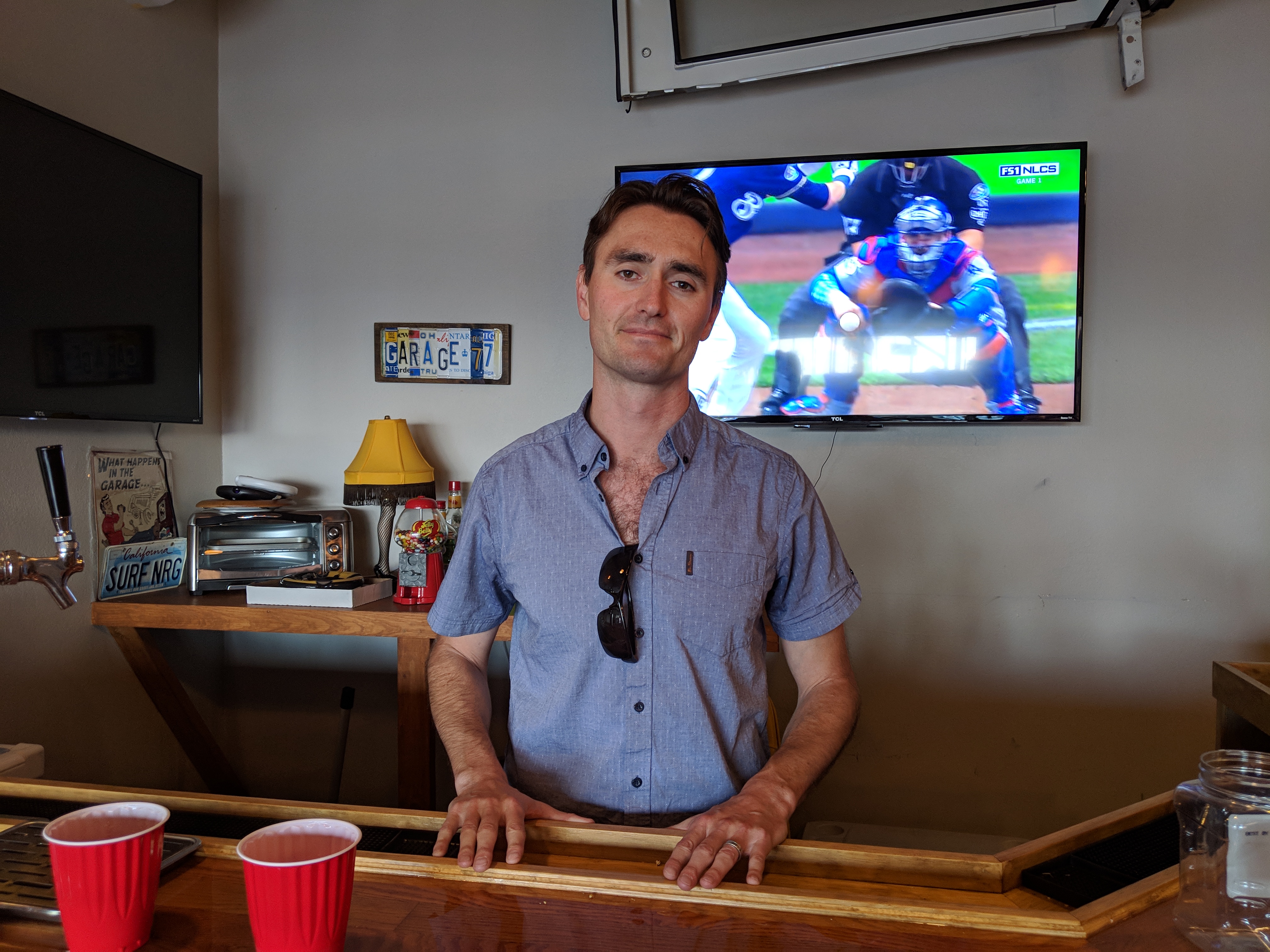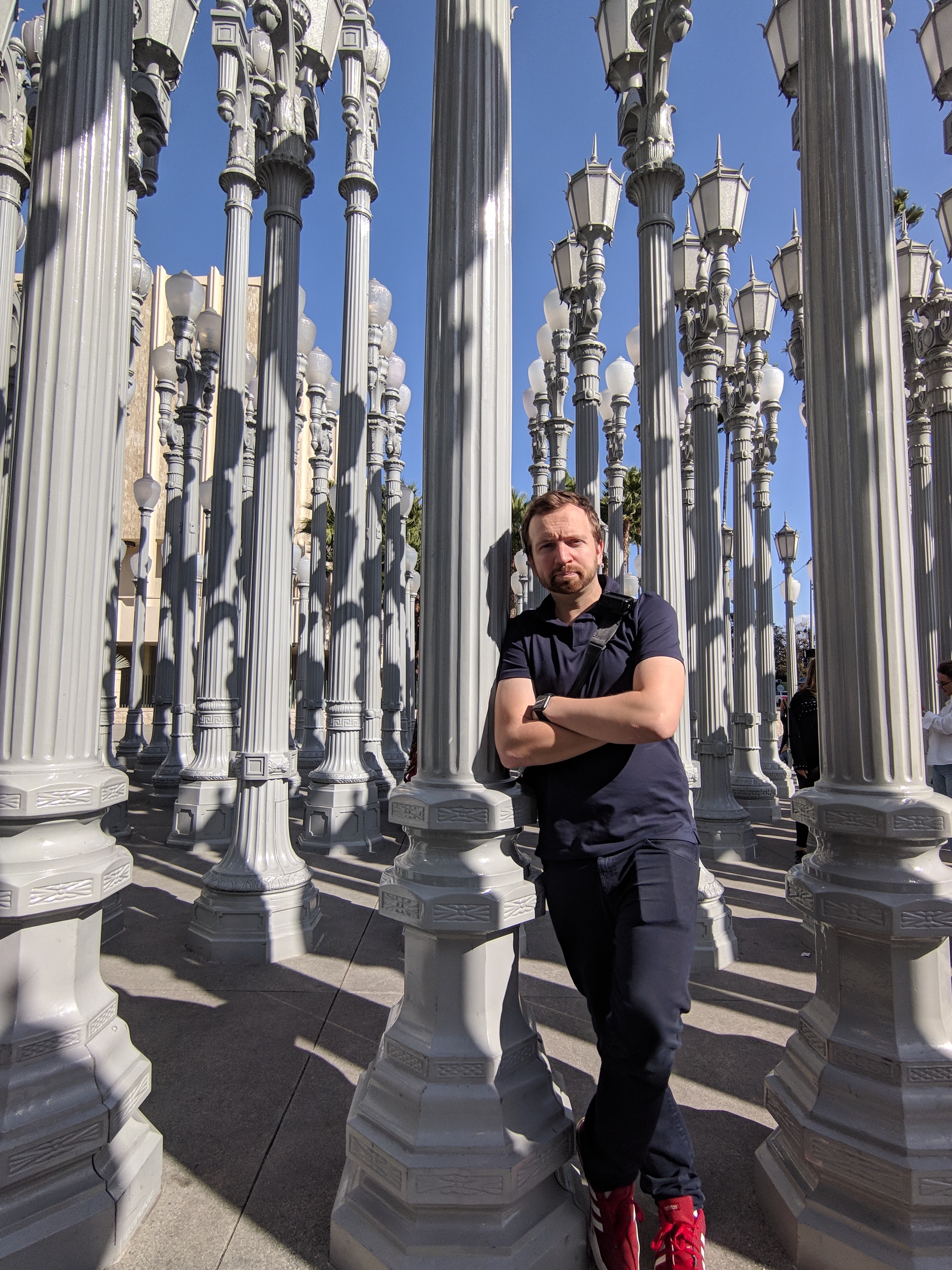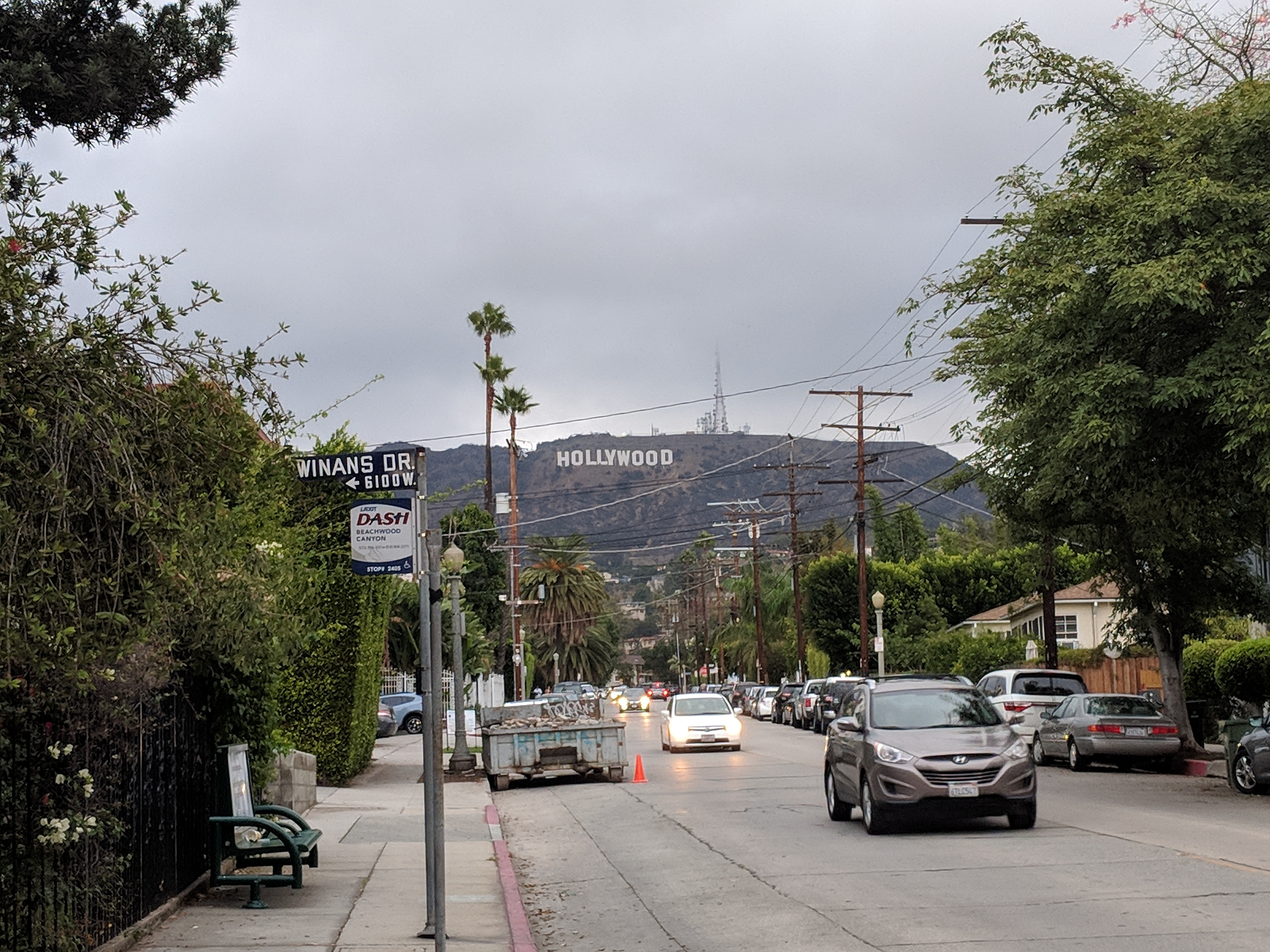Why you can trust TechRadar
Three cameras
The Google Pixel 3 XL captures the best photos of any smartphone we tested to date – tied with the smaller, spec-matching Google Pixel 3. Its photos were often marginally better than those from other flagship phones. And, occasionally, our side-by-side tests showed big differences.
What sets Google’s 12.2MP rear camera apart is consistency. We got sharper, slightly brighter photos from the Pixel 3 XL camera, while the iPhone XS Max we used at the same time showed overly warm color tones. The Samsung Galaxy Note 9 didn’t always have the best HDR, ending up being second best, while the hit-or-miss Huawei P20 Pro camera frequently oversharpened everything as if its goal was to create a 3D painting that pops out at you.

What’s remarkable is that the Google Pixel 3 XL doesn’t even have the best camera hardware on paper. Its f/1.8 aperture isn’t record-breaking (Samsung and LG are faster at an f/1.5 aperture) and 12.2MP is rather low compared to the 16MP to 40MP camera phones out there.
Behind-the-scenes, Google’s dedicated Pixel Visual Core chip and machine-learning software are the magic that recognize what photos should look like and which shots you’ll actually want. If there’s one thing Google knows how to do, it’s process data and perfect algorithms. That’s pretty much what’s happening here.











Selfie cameras – plural
The two 8MP front-facing cameras share the rear camera’s machine-learning perks, and for the most part, offer a strong case for the best selfie camera. The primary selfie camera offers a tighter frame at a normal 75 degree field of view, while the secondary selfie camera has a wider 97 degree field of view.
We found that both normal and wide selfies (enabled with an on-screen slider bar) exhibited better HDR and less noise than Google’s competitors. Of course, sometimes you want detail in selfies. And sometimes you really don’t. In some situations, the iPhone XS Max we used at the same time provided tighter, more intimate shots and a bit more natural skin smoothing.
Wider-angle ‘Group Selfies’ have their place, telling more about who you’re with or what you’re posing in front of. Whether it’s with a bunch of friends or in front of a famous tall building, we loved being able fit more into a photo, even if the aperture dropped from f/1.8 to f/2.2 between the two cameras.
Sign up for breaking news, reviews, opinion, top tech deals, and more.
Be warned: wielding a wide selfie camera takes work if you want flattering photos. At the wrong angle – usually at lower angles – it will make you and your selfie partners’ shirts and upper bodies flare out with barrel distortion at the edges. If you’re taking photos as a couple, you will get in trouble for this. It’s great when it works, and we’re glad it’s here, but unlike the rest of the camera perks, this one doesn’t give you automatic perfection with each shot.







Machine-learning camera app
There’s a lot of helpful post-processing going on here, and not the kind we’re used to seeing from China-sourced smartphones that overly rely on Beauty Mode after-effects. When the Pixel 3 XL cleans up photos, it’s to reduce grain from low-light shots, amp up brightness without adding noise, and select the best shot even if you’ve only tapped the shutter button once.
A lot of this post-processing happens automatically, but Google does give you some in-app options.

Top Shot, for example, is a new feature that allows you to select a new key photo when Motion Photos is turned on. The camera is taking photos before and after you hit the shutter button, so you have access to fleeting moments in which you weren’t blinking or a car didn’t just pass in front of your subject. This ends up being the Pixel 3 XL’s answer to Apple’s Live Photos with the ability to scrub through a small timeline to select a new keyframe. It’s helpful, though, everything but the original photo is in lower resolution, so you may have some tough choices to make.
Super Res Zoom is surprisingly clear for digital zoom, and the science behind it is fairly deep. It takes advantage of hand-motion in order to capture many frames in order to built a higher resolution (or super resolution) photo. And if you happen to use a smartphone tripod in which the handset is completely still? The camera simulates natural hand motion by intentionally ‘jiggling’, forcing the OIS module to move between frames, explains Google.



We found Super Res Zoom is be on par and sometimes better than the iPhone XS and Samsung Galaxy Note 9 telephoto lenses. Only the Huawei P20 Pro and its 3x zoom could rival what the Google Pixel 3 XL camera was capable of digitally. It’s all a testament to Google’s insistence on a single-lens rear camera. You’re not missing out, despite what the specs say.
Night Sight does a remarkable up at amping up the brightness of low-light photos so you don’t need to use that aggressive, photo-ruining flash. This is why the Google Pixel 3 has become our favorite phone to use at nighttime. It can be pitch back out, and we'll still walk away with respectable photos thanks to this camera mode.
There’s more. Adjustable Portrait Blur allows you to change the amount of bokeh in post, and there’s a new color pop mode that isolates the background in black-and-white while leaving you in color. And Photobooth uses AI to automatically snap photos, incorporating the idea behind Google Clips right into your smartphone.
The Google Pixel 3 XL camera app doesn’t have everything we want. The simplistic app isn’t as robust as Samsung and LG’s default camera apps. Triggering the selfie camera timer with your hand is missing here, and so is flipping between the front and back cameras with simple swipe gestures.
You’re also still not going to find a Hyperlapse mode within this camera app. When it has a truly out there mode like Playground for AR stickers, that’s a bit disappointing.
Current page: Three cameras
Prev Page Introduction, design and screen Next Page Battery life, specs and software
